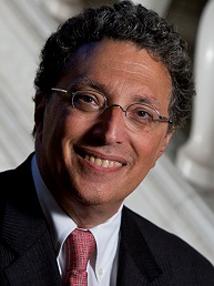BibTex format
@article{Laury-Kleintop:2015:10.1002/jcb.25198,
author = {Laury-Kleintop, LD and Mulgrew, JR and Heletz, I and Nedelcoviciu, RA and Chang, MY and Harris, DM and Koch, WJ and Schneider, MD and Muller, AJ and Prendergast, GC},
doi = {10.1002/jcb.25198},
journal = {Journal of Cellular Biochemistry},
pages = {2541--2551},
title = {Cardiac-Specific Disruption of Bin1 in Mice Enables a Model of Stress- and Age-Associated Dilated Cardiomyopathy},
url = {http://dx.doi.org/10.1002/jcb.25198},
volume = {116},
year = {2015}
}

